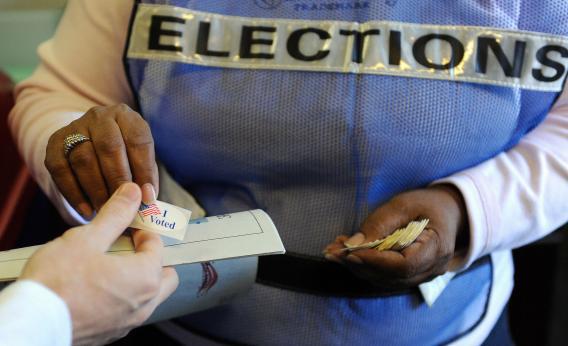On the day of the 2010 Congressional elections, Facebook ran an experiment on behalf of a research team based at the University of California San Diego. At the top of 61 million users’ news feeds, it placed a banner ad that said “Today is Election Day,” linked to information about polling places, and showed pictures of the user’s Facebook friends who had already clicked an “I Voted” widget on the site. For another 600,000 users, it placed the same informational message, but without the information about the user’s friends who had voted. And a control group of 600,000 users got no message at all.
Several past studies have failed to show a significant correlation between social media activity and real-world behavior. But this one, published in Nature on Wednesday, showed a clear, if modest, trend. Those shown the social message were not only 2 percent more likely to report that they had voted on Facebook than those shown the informational message. They were also 0.4 percent more likely to actually vote, according to public voter rolls that the researchers pored through after the election.
That may not sound like much. But the thing about online messages is that they can reach huge numbers of people. So look at it this way instead: A single banner message on Facebook directly spurred 60,000 more people to vote in the 2010 election than would have voted otherwise. And research on social contagion effects suggests that another 280,000 people were indirectly influenced to vote by the message.* In other words, more than one fourth of the 0.6 percent jump in total voter turnout between 2008 and 2010 could be attributable to one message.
Consider that the message ran only on election day, when many people had already voted early. Many others probably didn’t see it until it was too late to vote. The takeaway is that while a social media campaign probably doesn’t have a great effect on any given user’s decision to vote, it could theoretically swing an election if shown to enough people. (The researchers note in their introduction that the 2000 presidential election turned on 537 votes in Florida.)
*Correction: This post originally understated the size of the indirect “social contagion” effects in the study. The researchers estimated that the banner ad influenced an additional 280,000 people to vote, not 220,000. (The estimate was based on research showing that the close friends of those shown the original message were significantly more likely to vote than the close friends of those in the control group.)
